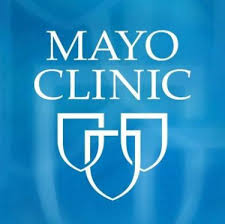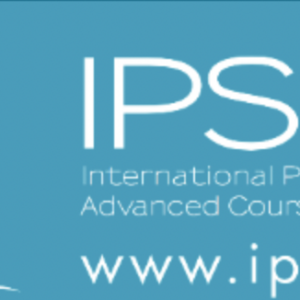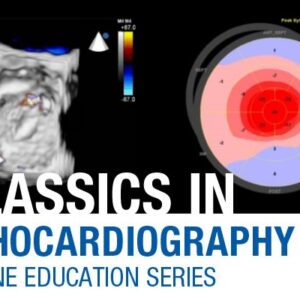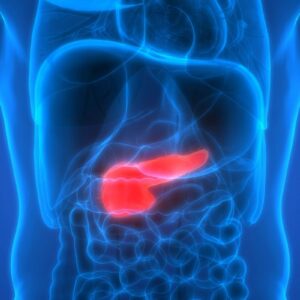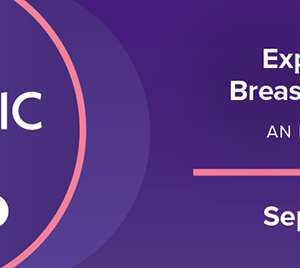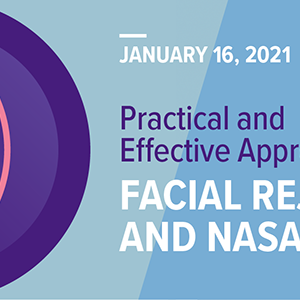COURSE LEARNING OBJECTIVES
Upon conclusion of this program, participants should be able to:
• Describe the molecular basis of the action potential of the human heart
• Identify the EP characteristics of cardiac impulse propagation including anisotropy, cable theory, and spiral/scroll conduction
• Distinguish the clinical principles and theory of defibrillation and cardiac resynchronization
• Recognize the pharmacokinetic properties of antiarrhythmic drugs, including use dependence
• Recognize and describe the basic mechanisms of common LQTS, Brugada, short-QT, and J-wave syndromes
• Diagnose cardioinhibitory, vasodepressor, and vasovagal syncope syndromes and manage patients appropriately
• Formulate management approaches to the arrhythmia syndromes in congenital heart disease, sarcoid, and ARVD
• Apply 3-D mapping techniques to distinguish between reentrant versus. focal mechanisms of VT
• Develop evidence-based approaches for atrial fibrillation ablation
• Select and appropriately utilize maneuvers to differentiate AVNRT from JT and ORT in the EP lab
• Select effective clinical management and ablation approaches to outflow tract ventricular tachycardias (VTs)
Mayo Clinic course does not indicate nor guarantee competence or proficiency in the performance of any procedures which may be discussed or taught in this course.
INTENDED AUDIENCE
This course is intended for cardiologists, electrophysiologists, cardiovascular fellows, electrophysiology fellows, and all practitioners involved in the care of complex arrhythmia patients in the outpatient and laboratory settings.
Topics :
– A. Basics of Cardiac Electrophysiology _ Anatomy
– B. Congenital Arrhythmias, Syncope _ Other Clinical Scenarios
– C. ICD _ CRT
– D. Pacemakers
– E. Pharmacology
– F. Supraventricular Tachycardia
– G. Ventricular Tachycardia
MAYO CLINIC ELECTORPHYSIOLOGY BOARD 2017-2018
$30
Format 97 Video Files (.mp4 + PDFs Files

